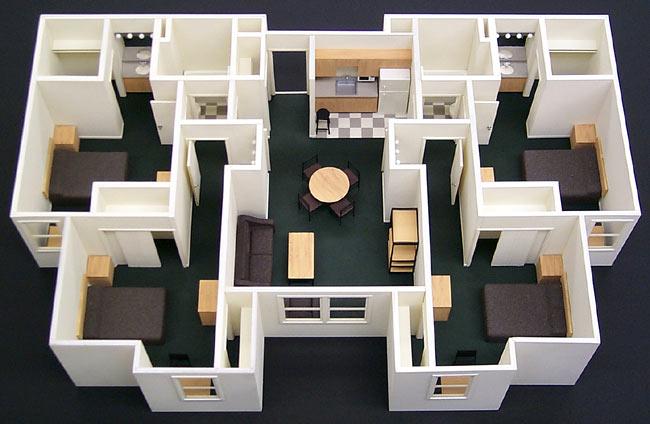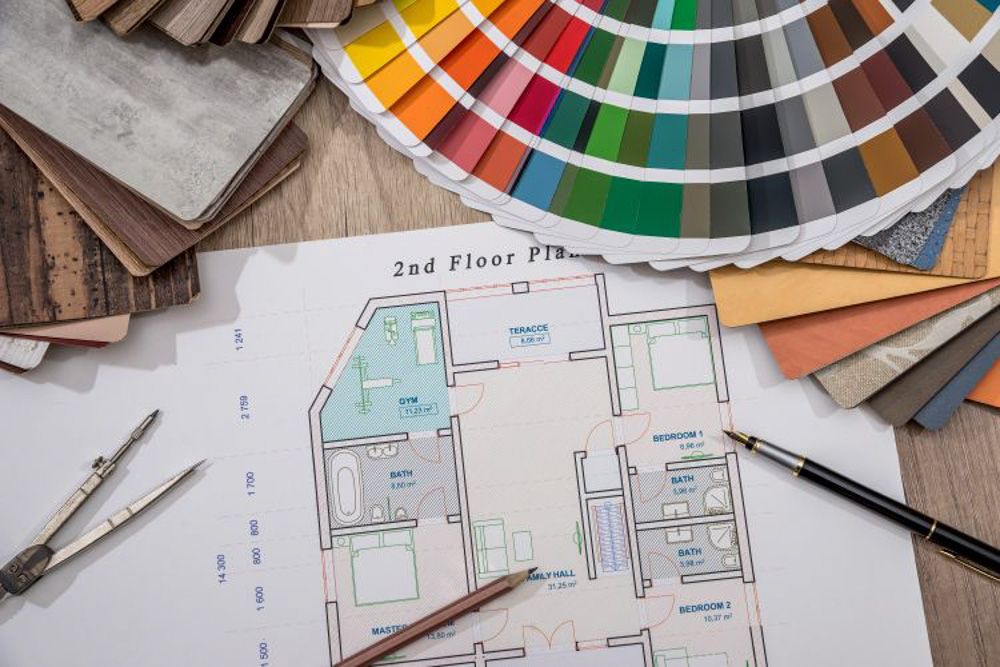Explore the Expertise of Hampshire Architects for Unique Residential Projects
Explore the Expertise of Hampshire Architects for Unique Residential Projects
Blog Article
The Art of Balance: Exactly How Interior Design and Home Engineer Collaborate for Stunning Outcomes
In the realm of home style, striking a balance between aesthetics and functionality is no small task. This fragile balance is attained with the harmonious collaboration in between indoor designers and architects, each bringing their unique proficiency to the table. Keep with us as we check out the ins and outs of this collective procedure and its transformative impact on home design.
Recognizing the Core Distinctions Between Interior Decoration and Home Design
While both Interior Design and home style play necessary functions in creating cosmetically pleasing and practical spaces, they are naturally different techniques. Home design mainly concentrates on the structural aspects of the home, such as constructing codes, safety laws, and the physical building of the space. It manages the 'bones' of the structure, functioning with spatial dimensions, load-bearing wall surfaces, and roofing designs. On the other hand, Interior Design is much more worried with boosting the sensory and aesthetic experience within that structure. It entails selecting and preparing furniture, selecting color pattern, and including ornamental components. While they operate in tandem, their functions, duties, and areas of expertise split significantly in the development of an unified home environment.
The Harmony In Between Home Architecture and Interior Style
The harmony in between home style and Interior Design depends on a shared vision of design and the enhancement of practical aesthetics. When these two fields line up harmoniously, they can transform a living area from average to extraordinary. This collaboration requires a deeper understanding of each discipline's principles and the ability to create a cohesive, aesthetically pleasing environment.
Unifying Design Vision
Combining the vision for home design and Interior Design can create a harmonious living space that is both functional and aesthetically pleasing. The balance begins with an incorporated mindset; architects and indoor developers team up, each bringing their proficiency. This unison of ideas forms the design vision, a blueprint that overviews the task. This common vision is necessary for uniformity throughout the home, guaranteeing a fluid transition from outside design to interior rooms. It advertises a synergistic method where architectural components enhance Interior Design parts and the other way around. The result is a cohesive space that mirrors the home owner's lifestyle, preference, and character. Hence, unifying the design vision is crucial in mixing architecture and Interior Design for sensational results.
Enhancing Functional Aesthetics
Just how does the harmony in between home design and interior design enhance useful aesthetics? Engineers lay the foundation with their architectural style, guaranteeing that the space is sensible and reliable. An architect could make a home with huge windows and high ceilings.
Importance of Partnership in Creating Balanced Spaces
The partnership between indoor designers and engineers is essential in creating well balanced spaces. It brings consistency in between style and style, bring to life rooms that are not only cosmetically pleasing but additionally functional. Discovering successful collective strategies can supply understandings into just how this synergy can be properly achieved.
Balancing Layout and Design
Equilibrium, an important facet of both Interior Design and design, can just truly be accomplished when these 2 areas work in harmony. This consistency is not just an aesthetic consideration; it influences the functionality, longevity, and ultimately, the livability of an area. Inside developers and architects need to recognize each other's roles, appreciate their expertise, and communicate successfully. They have to consider the interplay of structural aspects with decoration, the circulation of spaces, and the influence of light and shade. This joint process results in a cohesive, balanced design where every aspect has a function and adds to the total visual. Balancing layout and style is not just blog here concerning developing attractive rooms, yet regarding crafting areas that work seamlessly for their inhabitants.
Successful Joint Methods

Situation Studies: Successful Integration of Style and Style
Checking out several Go Here instance studies, it becomes obvious just how the effective integration of interior design and design can transform an area. Designer Philip Johnson and interior designer Mies van der Rohe collaborated to produce an unified balance in between the structure and the interior, resulting in a seamless flow from the exterior landscape to the inner living quarters. These case studies underline the profound impact of an effective style and architecture partnership.

Getting Rid Of Obstacles in Style and Style Collaboration
Regardless of the indisputable benefits of an effective collaboration in between Interior Design and design, it is not without its challenges. Interaction concerns can arise, as both events might use various terms, understandings, and methods in their job. This can result in misconceptions and hold-ups in project conclusion. Another major obstacle is the harmonizing act of visual appeals and performance. Engineers may focus on structural honesty and safety, while developers concentrate on comfort and style. The combination of these purposes can be intricate. In addition, budget plan and timeline restrictions typically include pressure, potentially creating rifts in the partnership. Reliable interaction, common understanding, and concession are essential to conquer these challenges and accomplish a successful and harmonious collaboration.

Future Trends: The Advancing Relationship Between Home Architects and Inside Designers
As the world of home layout proceeds to progress, so does the connection in between architects and indoor developers. Alternatively, interior designers are embracing technical elements, affecting total format and performance. The future assures a more cohesive, ingenious, and flexible strategy to home design, as engineers and developers continue to obscure the lines, fostering a relationship that truly symbolizes the art of balance.
Conclusion
The art of balance in home layout is achieved with the unified cooperation between indoor developers you can try this out and architects. In spite of difficulties, this partnership promotes growth and development in style.
While both indoor design and home architecture play crucial roles in creating cosmetically pleasing and functional areas, they are inherently various self-controls.The synergy between home design and interior style lies in a common vision of style and the enhancement of useful visual appeals.Merging the vision for home design and indoor style can create an unified living room that is both functional and aesthetically pleasing. Thus, unifying the style vision is critical in blending style and interior layout for magnificent results.
Just how does the synergy in between home architecture and interior style enhance functional aesthetics? (Winchester architect)
Report this page